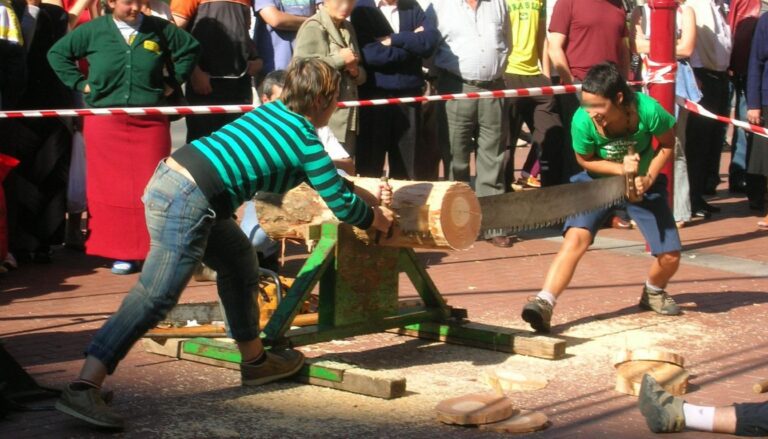Yogyakarta, Indonesia
In the heart of Java lies Yogyakarta (often called “Jogja”), a city where ancient traditions dance with modern life. As the last remaining sultanate in Indonesia, this special region captivates visitors with its royal heritage, stunning temples, and vibrant arts scene. Here, the mystical sounds of gamelan music float through streets where batik artisans craft intricate designs, and shadow puppet masters keep centuries-old stories alive.
This guide reveals local secrets and cultural treasures, transforming your visit into a memorable journey.
Table of Contents
Best Places to Visit
- Borobudur Temple: The world’s largest Buddhist temple and UNESCO site
- Prambanan Temple: Magnificent Hindu temple complex
- Kraton Palace: The Sultan’s ornate royal palace
- Malioboro Street: The city’s bustling main thoroughfare
- Taman Sari Water Castle: Former royal garden and bathing complex
- Mount Merapi: One of the world’s most active volcanoes
Must-Visit Cultural Landmarks
- Sonobudoyo Museum: Showcasing Javanese culture and artifacts
- Kotagede: Historic silver crafting district
- Ullen Sentalu Museum: Celebrating Javanese royal culture
- Affandi Museum: Home to Indonesia’s famous expressionist art
- Ratu Boko: Ancient palace ruins with spectacular sunset views
Cultural Insights & Traditions
Yogyakarta’s culture centers around the Kraton (Sultan’s Palace), where centuries-old Javanese customs still thrive. The city is renowned for its traditional arts: batik fabric making, wayang kulit shadow puppetry, and classical Javanese dance. The philosophy of “Javanese harmony” influences daily life, emphasizing balance between tradition and modernity.
Top Cultural Experiences
- Watch a Ramayana Ballet performance at Prambanan
- Take a Batik Making Workshop
- Attend a Wayang Kulit shadow puppet show
- Join a Traditional Gamelan music class
- Experience a Jamu (herbal medicine) making session
- Visit Traditional Markets like Beringharjo
- Learn Javanese Dance at cultural centers
Best Time to Visit
The best time to visit Yogyakarta is during the dry season from May to September. July and August offer perfect weather for temple visits. The wet season (October-April) brings afternoon showers but fewer tourists. Cultural events occur year-round, with special celebrations during Javanese New Year (Suro) and Sultan’s coronation anniversary.
How to Get Around
- Becak: Traditional cycle rickshaws
- Ride-hailing Apps: Grab and Gojek
- TransJogja Buses: Air-conditioned public buses
- Rental Scooters: Popular for exploring
- Private Drivers: Best for temple tours
- Horse Carriages: Around tourist areas
Where to Stay
- Prawirotaman: Boutique hotels and cultural atmosphere
- Malioboro: Heart of shopping and nightlife
- Kotagede: Historic area with traditional homestays
- Borobudur Area: Luxury resorts with temple views
- Kasongan: Artistic village atmosphere
Best Places to Book Your Trip
Planning your dream trip is easy with trusted travel platforms. To secure the best deals on flights, accommodations, and tours, check out:
- Booking.com: Offers a wide range of hotels, apartments, and hostels to suit every budget.
- GetYourGuide: Book unforgettable experiences like guided tours, cooking classes, and fast-track passes.
- Expedia: A great platform for bundling flights, hotels, and car rentals for a seamless booking experience.
- Skyscanner: Perfect for finding the best deals on flights.
Pro Tips for Visitors
- Visit temples early morning to avoid crowds and heat
- Dress modestly, especially at religious sites
- Learn basic Indonesian phrases – locals are appreciative
- Try Gudeg – Yogya’s famous jackfruit dish
- Book sunrise tours to Borobudur in advance
- Carry small bills for markets and street food
- Stay hydrated in the tropical climate
- Respect royal customs at the Kraton
Experience the magic of Yogyakarta, where every morning brings temple bells, every afternoon showcases artistic traditions, and every evening tells stories of Java’s magnificent heritage through culture, cuisine, and warm hospitality.
Traditional Gudeg of Yogyakarta: A Local’s Guide to Authenticity













